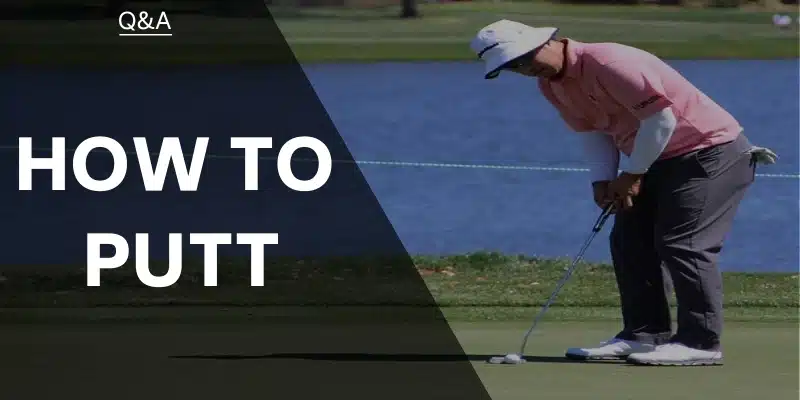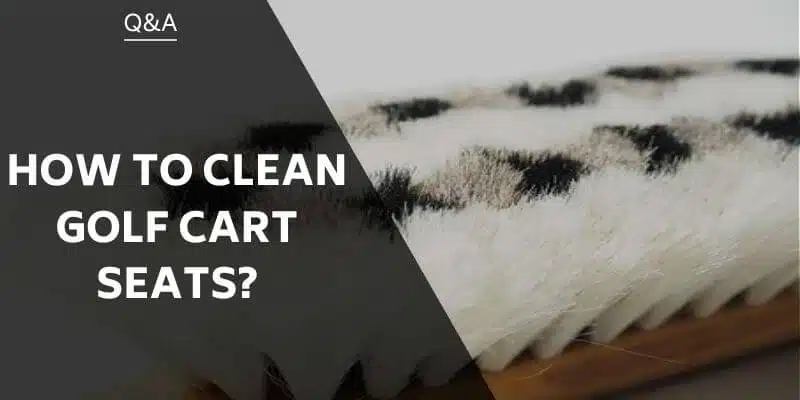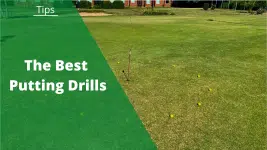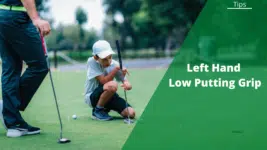Golf clubs, like most things in life, have an expiration date. There may come a time when they just are not working like they used to. Reasons you should regrip golf clubs. Some sets of clubs can cost a lot of money, so you may be asking yourself, “How long will golf clubs last?”
The History of Golf Clubs
Back in the old days when golf was just beginning, a golfer could expect a club to last just a short amount of time. The shafts were often made of hickory, and the balls were wooden as well.
This meant that golf clubs would break easier and faster. The clubs were expensive to repair or buy new, so that is one of the main reasons why only the elite people of the time playing the game.
As softer, feather-type balls started to become more popular, clubs began to last longer because the clubs would not break so easily. Soon, less expensive iron clubs were being produced, so more people could afford to hit the links.
Modern Day Golf Clubs
As the technology continued to advance, club shafts, heads, and grips became stronger and more resilient.
Heads were starting to be made of better materials, and the lifespan of golf clubs changed drastically. Glue was often used to keep the heads and grips affixed to the shaft. If the glue came undone, it was a simple fix for just about anyone.
Unless you get angry and slam your clubs into the ground or throw them against trees, you can expect your clubs to last for countless numbers of years. Every time you play, you are increasing the odds of damage, but the chances of a club simply breaking are slim during this era of golf.
The Main Parts of the Golf Club
The Grip
The grip is the most likely part of the club to show wear and damage. It is essential to keep your grips in proper condition to play your best golf. Nowadays, there are wraps and slide-on grips that make repairs and improvements easier, so clubs can last longer.
The Shaft
Practically every golf club that you can buy now is made of stainless steel, titanium, graphite, or other composite materials that is weather-resistant. You won’t have to worry about the shafts rusting, and they are built to handle more stress than ever before while still maintaining the appropriate balance.
The Heads
Golf club heads can get damaged, especially when used in the deep rough, woods, or other areas where unknown items are below the surface of the ground. It is possible to get dings and dents on just about all of your clubs, but they should continue to perform adequately.
To Repair or Replace?
You’ll know when to replace golf clubs rather quickly. If they become difficult to repair or are out of balance, daily golfers will see and feel the difference when hitting shots.
You may have a “go-to” club in your bag like most players do. The last thing you probably want to do is replace that club, so you can try to repair it first. You can take that club or all of your clubs to a golf pro shop and have them evaluated for the loft, lie, offset, and bounce.
The golf club professional will be able to help you determine the golf club lifespan by comparing your clubs to the standard regulations for the industry.
The loft is the angle at which the club head sits at address. Major damage would likely have to occur to change the loft of your clubs, but it is possible.
The lie of your golf clubs is the angle that is formed from the sole of the club and the middle of the shaft. This can change over time and is an important factor in ball control.
When the leading edge of a golf club is set back from the hosel, the club is offset. This number should remain consistent from driver through sand wedge, but it can vary if any part of the club becomes loose from the other parts.
The bounce is most often referred to in terms of the wedges in your bag. It basically is used to figure out how much of the bottom of the club helps to lift the leading edge during a swing.
If the bounce is off, you may notice less than spectacular shots, especially with your short irons.
Golf Club Lifespan
In short, the lifespan of the golf club with newer clubs can be anywhere from three years to a lifetime if repairs are made.
The main reason that people change clubs is to use the advancements in technology to improve their games. Unless drastic damage occurs to the club, you can expect them to serve your purposes for countless rounds of golf.
To help your clubs last as long as possible, it is important to take care of them. The best way to care for your heads is by cleaning them after each and every shot.
Use a metallic brush for the irons to keep the grooves clean and a plastic brush for the metal woods. While cleaning, you are more likely to notice problems so doing this should become a routine.
Let the Big Dog Eat!
You’ll know when to replace golf clubs by the way they look, feel, sound, and perform. If you’re unsure, see a golf professional at least on a yearly basis to determine if your clubs are still meeting the golf clubs standard measurements.
If you like your clubs and don’t want to change them then regrip golf clubs is the way to keep them for a longer period of time.
As your game evolves, your clubs may have to evolve too. How long will golf clubs last? They will last for many years with proper care, but it is hopeful that your game will improve and you’ll need to also advance your clubs to the next level.
Sources and References:
- How often do you replace your putter grip? – thehackersparadise.com
- Shaft – wikipedia.org
Nick is the founder of GolfSpan and an avid golfer. He's not quite a pro but has over 15 years of experience playing and coaching golfers worldwide. His mission is to bring the golfing community a better experience when it comes to choosing the right golf gear and finding the right setup for your game.







